Flying Heritage Collection – The "Old" Hangar
A few more shots from the Grand Opening, this time from the "old" hangar. I love that the Hurricane has been properly restored in RCAF HWE markings, but they really need to pull off the spinner. The Oscar is airworthy, but not flown because of its rarity. Did you know the markings on the Tomahawk are of the only "Canadian" AVG member?
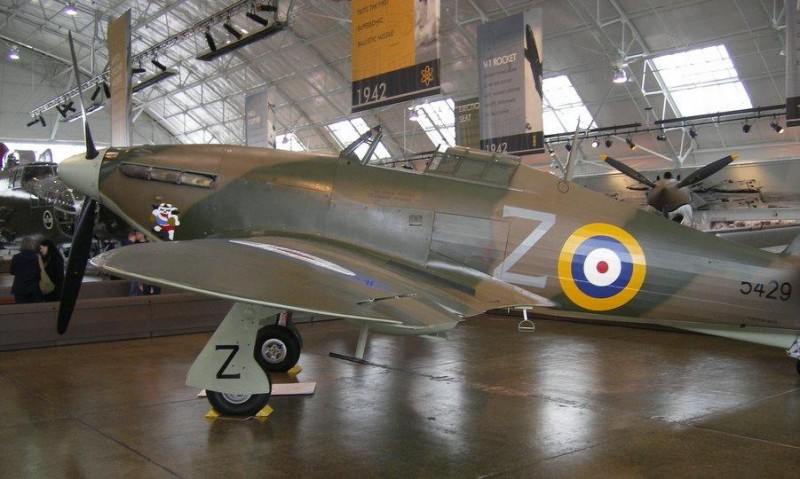

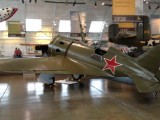
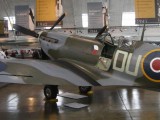
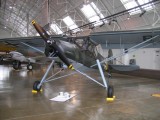
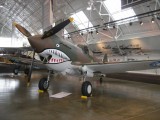
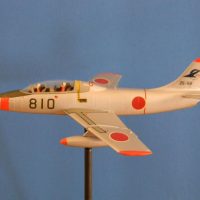

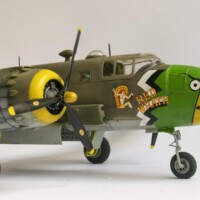
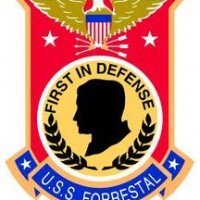
beautiful restorations...thank you
Thanks for the photos. That Oscar is really one of the kind, but the P-40B and the Dora are not directly in abundance, either. Seems like a fantastic site to visit.
There's some very interesting unknown history behind that P-40C. When it came to Fighter Rebuilders in Chino in 1995 after being pulled out of the Russian forest it had been in since 1943, they took the paint off andiscovered something very interesting: the paint underneath was USAAC OD/NG, with the markings on the fuselage and tail of the 77th Pursuit Squadron, 20th Pursuit Group, spring 1941 markings (IDed by me, the only one there who knew what I was looking at). So, how did a 20th PG P-40C end up in a Soviet forest? Well, the records are that in June 1941 the 20th PG became the only PG to fly the P-40D. In May 1941 FDR had signed an order directing the Army and the Navy to send "surplus" equipment back to the manufacturer, so it could be "reconditioned" and sent on to England after the passage of Lend-Lease in April 1941. Given that, best guess (since there was no paperwork ever on any of these transfers) is the airplane was among 48 sent back to Curtiss, where they were added to the British L-L contract for Tomahawk IIs. In July 1941, Churchill directed that a month's L-L aircraft shipments be sent on to the USSR as a gesture of solidarity following the German invasion. It's known that 100 Tomahawk IIs were included, sent on to Murmansk where they equipped the Red Navy Air Force. Soviet records indicate they got there at the begining of September 1941. The Russians would have taken one look at this airplane (and any others from the same source) and repainted it (which they did not have to do with those originally intended for the RAF), which explains the Soviet paint on it.
Sadly, that was a day I did not bring a camera along (which I never do any more), and in those days Fighter Rebuilders didn't worry about "preserving history" (it took knocking their heads together after a conversation with Steve about this one airplane to change that), so when I went back out a week later, the apprentices had finished stripping it.
But there is indeed an interesting bit of history about that airplane, and it is indeed a P-40c, not a P-40B, because it is plumbed for a drop tank. Erik Shilling pointed that out in 1998 when it first flew - all the Tomahawk IIs the AVG had were P-40Bs without tanks. The airplane in the photo in my avatar is that same airplane.
Tom,
Thank you so much for the additional information. Very interesting...too bad you couldn't get pictures of the USAAC paint.
I'm the Historian for the 20 FW at Shaw AFB and for the 20 FW Association.
Retired General Eaker (20 PG Commander 1941) gave a speech at the 20 PG's reunion (1962) held at the Air Force Academy which sheds a little light on this P-40. Although either he didn't know where his aircraft were bound for or he got the facts mixed up over time. Below is from his speech.
"When I joined the 20th, in January 1941, 1 was surprised to find something of a country club atmosphere prevailing at that fine station at Hamilton Field. At first I was inclined to be critical. Then I realized no one had told these boys that they would be at war within a year. As a matter of fact, our Congress had just passed a neutrality act. Our leaders were assuring our people that while our sympathies were with Britain and France, we had no intention of sending troops to Europe.
As Executive to General Arnold in the old Munitions Building during 1939 and 1940 1 had been exposed to the briefings by Lindbergh, Colonel Smith. and others who had been privileged to see German air power and who were acquainted with Hitler's plans, and I shared General Arnold's conviction that our joining the war was inevitable. I joined the 20th determined to see that the officers and men of the group were made ready in the
shortest possible time for the cruel, realities they must soon face.
On that first rainy, cold January morning, 1941, 1 went down before daylight to have a look at the Mess. I had an old-fashioned view that one barometer on the state of a military unit was the condition of its Mess. The Mess Hall was a hangar. The food was poor, cold and unappetizing. No officers were present. Next morning all the officers were present. I launched my program, well designed to insure that I was soon to be the most
unpopular Group C.O. the 20th had ever had.
The 20th responded magnificently to my cruelties. I soon found it was composed of good people who only needed a little leadership.
A few months later we were fully equipped, a hundred P-40's., 100 young enthusiastic pilots, all our transportation and support equipment. We had done our flying, night and day, our gunnery, our formation and acrobatics -- we were ready. Then came a cruel blow. A telegram came from General Arnold ordering us to pack up our planes, they were being sent to Chennault and the Flying Tigers in China. I knew what this would do to the morale of the group. So, I called. the officers together, gave them the sad news and concluded by telling them we would pack our planes as quickly as possible, then our 100 pilots and 1,000 men would get into our trucks and do a. practice march up to the Rogue River in Oregon. If they wouldn't let us fly, we would all go fishing. We camped for 10 days at the Elks picnic grounds on the banks of the Rogue near Medford, Oregon. We had two AT-6 trainers left. We flew them 22 hours per day. All our pilots completed their instrument time under the hood. We did out pistol practice and perhaps most important of all, we carried out a strenuous physical fitness program,
I was rather chagrined in the years which followed as I met up with the boys of the 20th all over the world on all the war fronts. They did not say to me, you taught us fly or shoot. They always spoke of that trip to the Rogue and how lean and hard and fit they were when I left them in July of 1942 to go to England as an observer in the Battle of Britain."